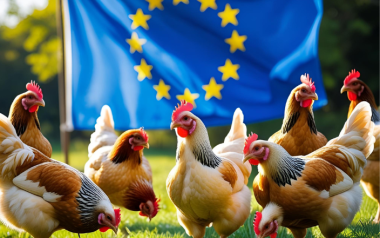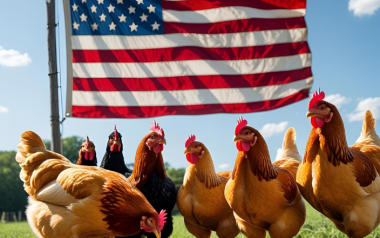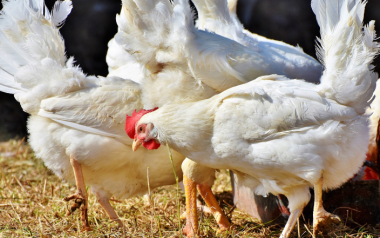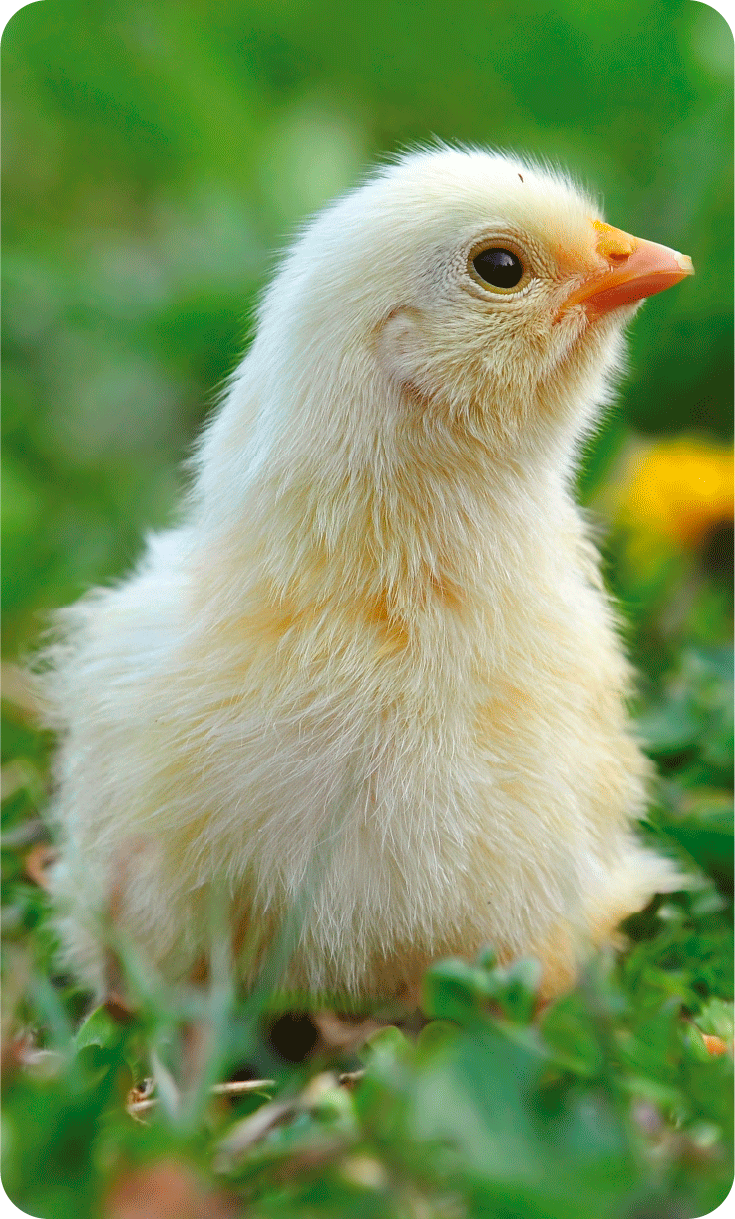Backyard poultry is typically owned by small and marginal farmers and comprises few birds, largely for self-consumption, and very small quantities get commercially sold. The poultry farming practiced by the rural and tribal farmers under free-range or backyard, or semi-intensive systems is usually referred to as rural poultry farming.
31 Aug 2021
New rules put more responsibility on small and medium poultry farms in India.
Content available at: العربية (Arabic)New environmental guidelines on India for poultry farmers have indicated that small and medium poultry producers […]
Available in other languages:
Content available at:
العربية (Arabic)
New environmental guidelines on India for poultry farmers have indicated that small and medium poultry producers should take similar measures to their bigger counterparts to prevent environmental pollution. The guidelines define as follows the difference between a large, medium, or small poultry farmer:
- Small: Those producers who have between 5,000 to 25,000 birds
- Medium: Producers with more than 25,000 and less than 100,000 birds
- Large: Producers with more than 100,000 birds
The guidelines state that small farmers are mostly economically backward and are part of the unorganized sector. Most of them keep birds for their own consumption and have a small quantity available for commercial sale.
For establishing and operating a medium-sized poultry farm of 25,000-100,000 birds, a farmer will have to obtain a certificate of Consent to Establishment or Consent to Operate. This will have to be taken from the State Pollution Control Board or Committee under the Water Act, 1974 and the Air Act, 1981. Permission will be valid for 15 years.
Gaseous emissions and waste are a major problem in poultry farming. The faeces of poultry birds emit gaseous ammonia, hydrogen sulphide and methane, all of which produce odours.
The guidelines state that the poultry farm should have a ventilated room to reduce the gaseous pollution from the birds. Also, care should be taken so that poultry faeces do not mix with running water or any other pesticide. Emphasis has also been given to daily removal of birds that die, through burial, without
TO CONTINUE READING REGISTER IT IS COMPLETELY FREE
Access to articles in PDF
Keep up to date with our newsletters
Receive the magazine for free in digital version
REGISTRATION
ACCESS
YOUR ACCOUNT
LOGIN
Lost your password?










































